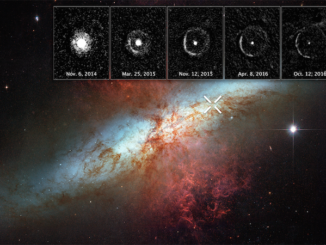
Hubble Space Telescope

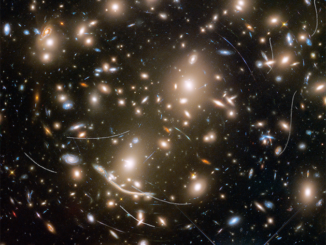
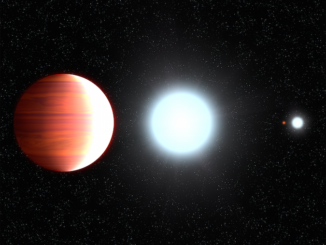
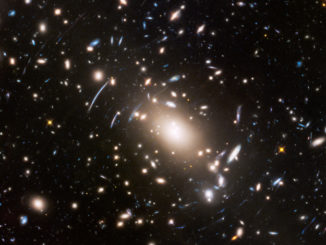
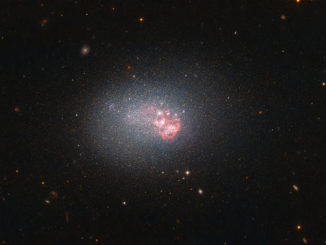
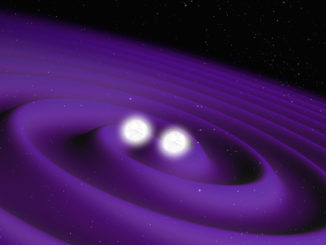
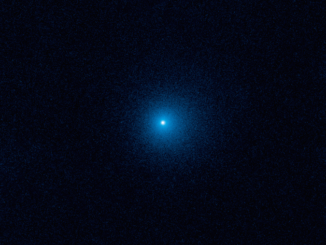
Hubble observes the farthest active inbound comet yet seen
NASA’s Hubble Space Telescope has photographed the farthest active inbound comet ever seen, at a whopping distance of 1.5 billion miles from the Sun. Slightly warmed by the remote Sun, it has already begun to develop an 80,000-mile-wide fuzzy cloud of dust, called a coma, enveloping a tiny, solid nucleus of frozen gas and dust.
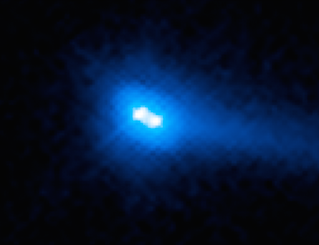
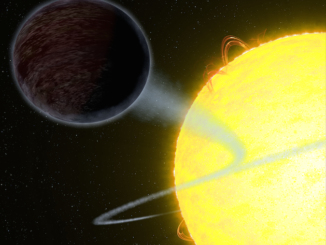
NASA’s Hubble captures blistering pitch-black planet
NASA’s Hubble Space Telescope has observed a planet outside our solar system that looks as black as fresh asphalt because it eats light rather than reflecting it back into space. This light-eating prowess is due to the planet’s unique capability to trap at least 94 percent of the visible starlight falling into its atmosphere.
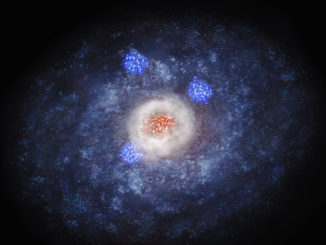
Explosive birth of stars can swell galactic cores
Astronomers have found that active star formation upswells galaxies, like yeast helps bread rise. Using three powerful telescopes on the ground and in orbit, they observed galaxies from 11 billion years ago and found explosive formation of stars in the cores of galaxies. This suggests that galaxies can change their own shape without interaction with other galaxies.
